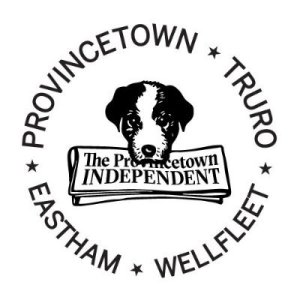
The $1.7 trillion omnibus spending bill that’s making its way through Congress reportedly contains nothing to ease the local news crisis. An emailed news bulletin from the trade publication Editor & Publisher, citing unnamed sources, reported this morning that both the Journalism Competition and Preservation Act (JCPA) and the Local Journalism Sustainability Act (LJSA) have been excluded from the bill.
For those of you who don’t follow these issues obsessively, let me unpack this a bit.
The JCPA would allow an antitrust exemption for news organizations so that they could bargain collectively with Google and Facebook for a share of their advertising revenues. You often hear news executives complain that the giant platforms are republishing their content without paying for it. That is a serious distortion. On the other hand, there’s no doubt that Google and Facebook, which control about half the digital advertising market, benefit significantly from linking to and sharing news.
The LJSA would create three tax credits that would benefit local news organizations. The first would allow consumers to write off the cost of subscriptions. The second would provide a tax benefit to businesses for buying ads. The third would grant tax write-offs to publishers for hiring and retaining journalists. That last provision was included in President Biden’s Bill Back Better bill, which Senate Republicans, joined by Democratic Sen. Joe Manchin, killed last year.
The demise of the JCPA is not entirely bad news. I thought it might be worth giving it a try to see what the two sides might come up with. Still, there was a lot of merit to the argument made by critics like Chris Krewson, executive director of LION (Local Independent Online News) Publishers, that most of the revenues would be diverted to large legacy newspaper publishers — including those owned by corporate chain owners and hedge funds — rather than to community-based start-ups.
The LJSA, on the other hand, was more intriguing, even though it would also benefit legacy newspapers. For one thing, the tax credits could provide a real lifeline to small local news projects. For another, the third provision, for publishers, would reward the large chain owners only for good behavior — Gannett and Alden Global Capital could not tap into that credit if they keep laying off journalists.
I’m guessing that this is the end of the road for both proposals given that the Republicans will take over the House in the next few weeks. That’s not entirely a bad thing. As Ellen Clegg and I have found in our research at “What Works,” local news organizations across the country, from for-profit legacy newspapers to nonprofit digital start-ups, are finding innovative ways to continue serving their communities.
The economic challenges facing news organizations is real, but in many cases they can be managed with innovative thinking and committed local ownership.
Finally, here are a couple of “What Works” podcasts that will bring you up to speed.
- In July, Ellen and I interviewed Steve Waldman, founder of the Rebuild Local News Coalition, about why he supported the LJSA.
- In October, we talked with U.S. Rep. David Cicilline, D-R.I., a co-sponsor of the JCPA.







